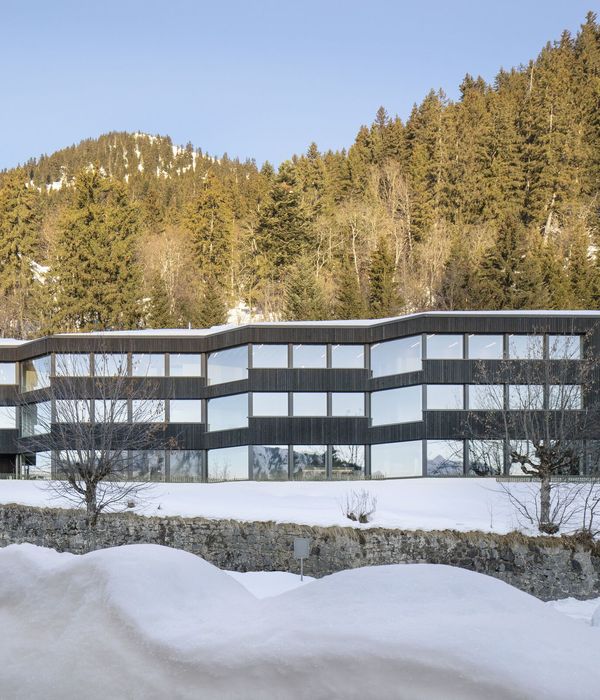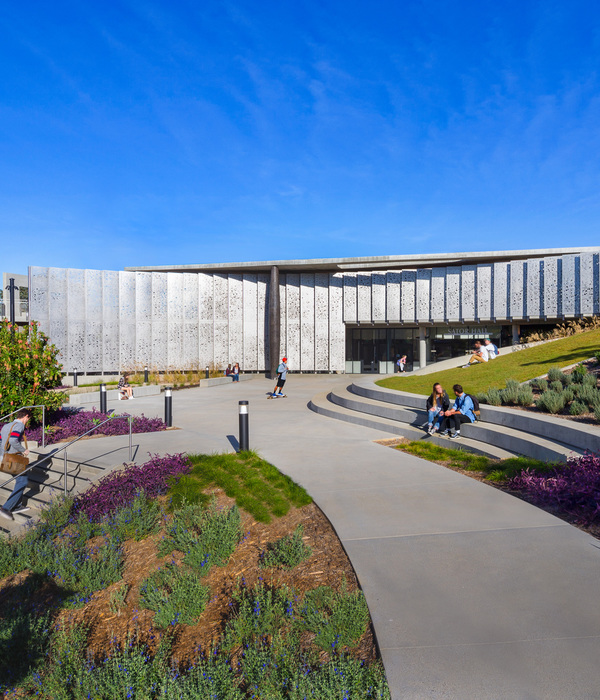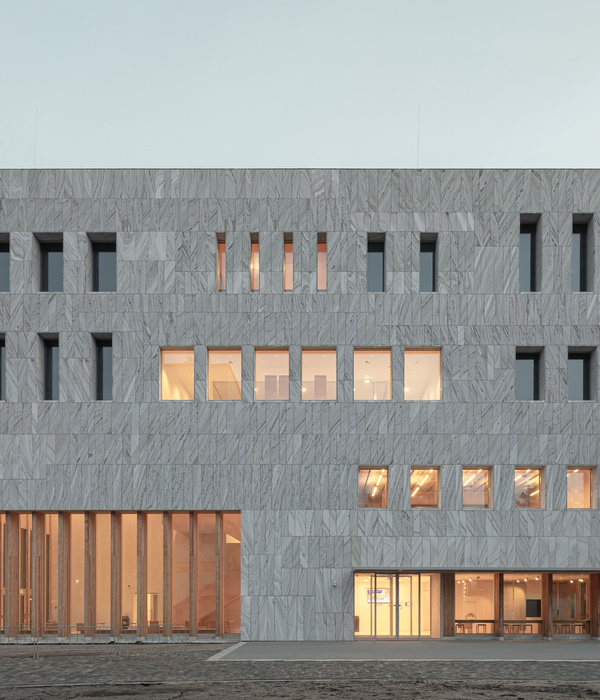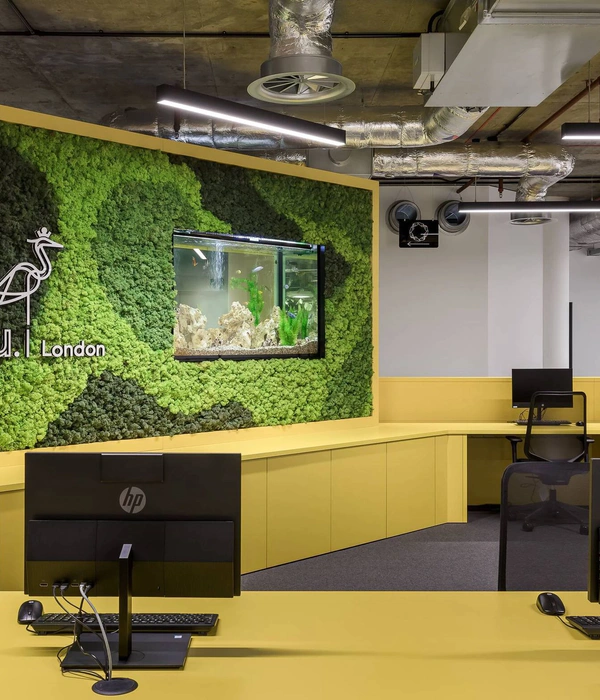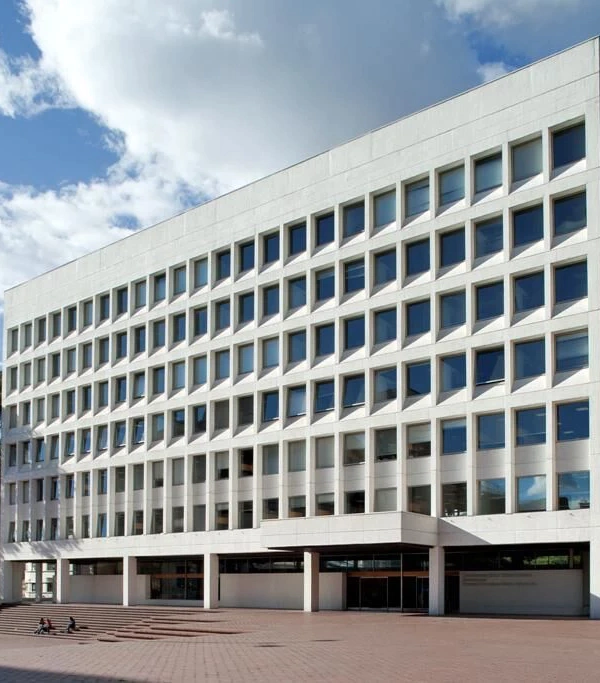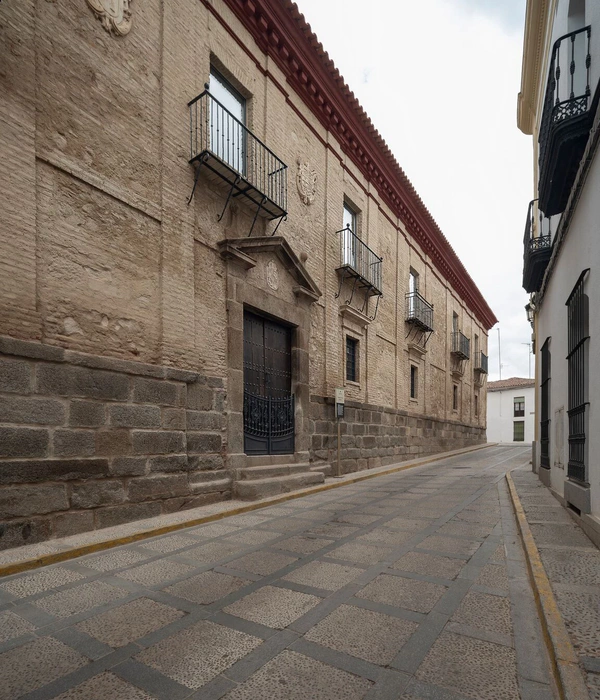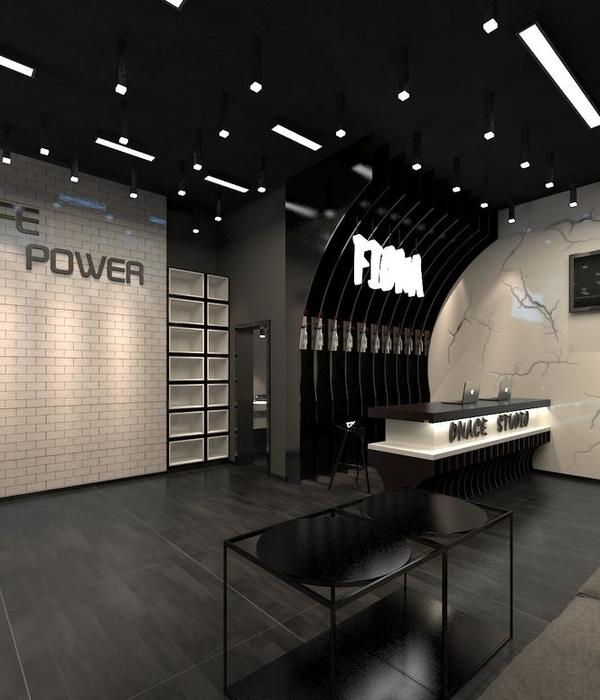Architect:Hames Sharley
Location:Adelaide SA, Australia; | ;View Map
Category:Primary Schools
Located 80km south of Adelaide on the Fleurieu Peninsula, Victor Harbor High School is the first state high school to comprehensively employ principles of personalised learning into the design of its senior school campus. The formality of the traditional classroom is replaced with a more open, socially interactive, wireless technology environment comprising of flexible spaces, student commons, learning streets, courtyards and piazzas. The learning environment will be one where students and teachers can socialise, exchange thoughts and ideas and acquire information either sitting at a desk, lounging on a sofa, on the carpet or on a bench under a tree.
As the social and economic benefits of ensuring that no student is left behind become obvious, the teacher’s classroom is giving way to an information ubiquitous, multi-faceted learning environment tuned to address the needs of each individual student. The Information Revolution and student-centred approach to learning are replacing the traditional ‘Henry Ford production-line’ method of teaching.
The driver of this new approach is a flexible, open learning philosophy where a more collaborative environment encourages cross communication between students and teachers alike. Technology forms a key part of this approach, with teaching methods shifting from paper-based learning to computers, wireless networks and digital IT information transfer.
The function of the building and the layout relationship between the spaces, informs the overall design of the building. While essentially modular based, the different areas come together to form a single senior school campus encapsulating a series of internal courtyards. The integration of outside space, is designed as directly accessible and usable. It adjuncts to the internal learning environment.
The entrance to the new facilities is defined by a courtyard that projects out from the main building towards George Main Road and serves not only as the school’s Sculpture Courtyard but presents the opportunity for the school to create its own public identity. Cascading roof planes reference the Victor Harbor coastline and speak a language of hierarchy between the various spaces in the new facilities. The roof forms culminate in a large butterfly roof over the Resources Building that addresses the piazza as the centre piece to the senior school.
Where skillion roofs occur, high-level windows and louvres have been incorporated in order to take advantage of both natural northern and southern light.
An important consideration was the provision of daylight and natural ventilation within the buildings and the ability for staff and students to monitor and control their environment.
Outdoor learning opportunities and maximum flexibility have also been critical design considerations. Paved and landscaped courtyard areas within the building enclosure will provide students and teachers the opportunity to work outside, to relax, have lunch or spend their free time in attractive outside environments, screened off from the rest of the school and the public.
The building’s clean lines and contemporary forms are intended to reflect innovation and the new age. They present the school as a progressive, state-of-the-art educational facility at the forefront of world trends in education.
+ Minimal impact on site by earth works
+ Maximum natural light and ventilation while providing staff control of these features
+ The use of robust long life relatively maintenance free materials throughout
+ Predominantly north and south facing windows that allow maximum daylight into work areas while allowing control of light penetration.
+ Application of external window shading devices to protect windows
+ High level windows to provide additional natural daylight to central work and activity spaces
+ Natural ventilation provided by operable windows to encourage air in at a low level and out at a high level
+ Specification of products and finishes that will lead to better indoor air quality and wellbeing, particularly for such finishes as plastics, paints and adhesives, carpets and timber
+ Specification of low energy-consuming, fluorescent long life light fittings that could be linked to daylight sensors, infra-red movement detection switches, etc.
+ Internet-based Energy Monitoring System accessible to staff and students via personal laptops
+ High levels of insulation to roof and walls achieving R2.5 for walls and R3.5 for the ceiling as a minimum
+ Low flush cisterns in bathrooms
+ Maximized use of low embodied energy materials
+ Rainwater storage in underground tanks used to supply toilet water and to irrigate landscaping
+ Use of heat resistant glazing such as Low-E or ‘smart glass’
+ Solar energy collection and use – Solar Schools Program
+ Solar Hot water
▼项目更多图片
{{item.text_origin}}





